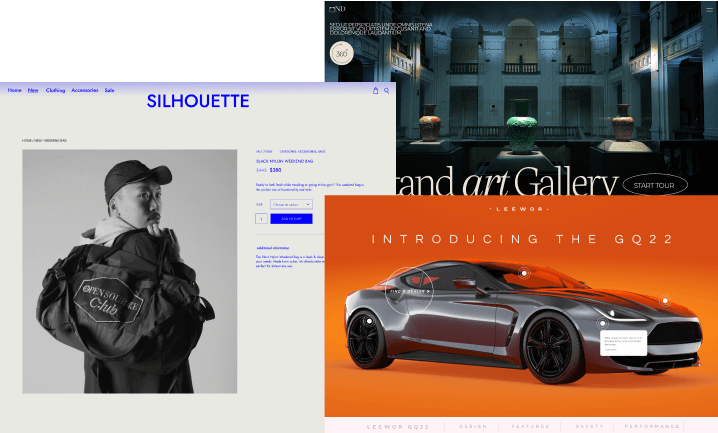Lean UX is a beneficial design management system for projects using the Agile development method that focuses on product design to deliver a great user experience. Lean UX achieves this through frequent inter-team collaboration, constant iteration, and regular contact with users. The aim is to gather fast, intuitive, and practical insights into what users want.
How Do Companies Benefit From Lean UX?
At the heart of Lean UX is the idea of radical transparency. Each team needs to often communicate their findings to address any roadblocks and do the necessary work to deliver a product quickly.
Jeff Gothelf, an organizational designer and UX design team leader, introduced the Lean UX concept in a book published in 2013. He helped develop the system after seeing his team’s pain points and frustrations with the management approach. His book laid the foundation for how companies handle their UX process, emphasizing the following:
- Removing waste: The system tries to remove ordinary, time-consuming strategies by creating small feasible products that drive learning quickly.
- Constant team collaboration: Lean UX brings together developers, designers, marketers, product managers, QA engineers, and others through regular communication and contact. Lean UX is the idea of radical team transparency to address and navigate roadblocks for quick product delivery.
- More experimentation: Designers leverage fast testing to reveal more substantiated lessons and information on their products.
Assumption-Based Lean UX
Lean UX requires that projects focus on requirements capture and detailed deliverables, unlike traditional UX. The aim is to improve the product by using a “problem statement” that should lead to assumptions. Assumptions ask questions to produce a shared understanding around an idea to kick off. They may be incorrect at the start and change during a project.
Example questions to reach assumptions may be:
- Who are our users?
- What is the product used for?
- When is it used?
- What situations is it used in?
- What will be the most crucial functionality?
- What’s the most considerable risk to product delivery?
There may be more than one answer to each question, but now the team can quickly prioritize risks and the level of understanding of the issues at hand.




